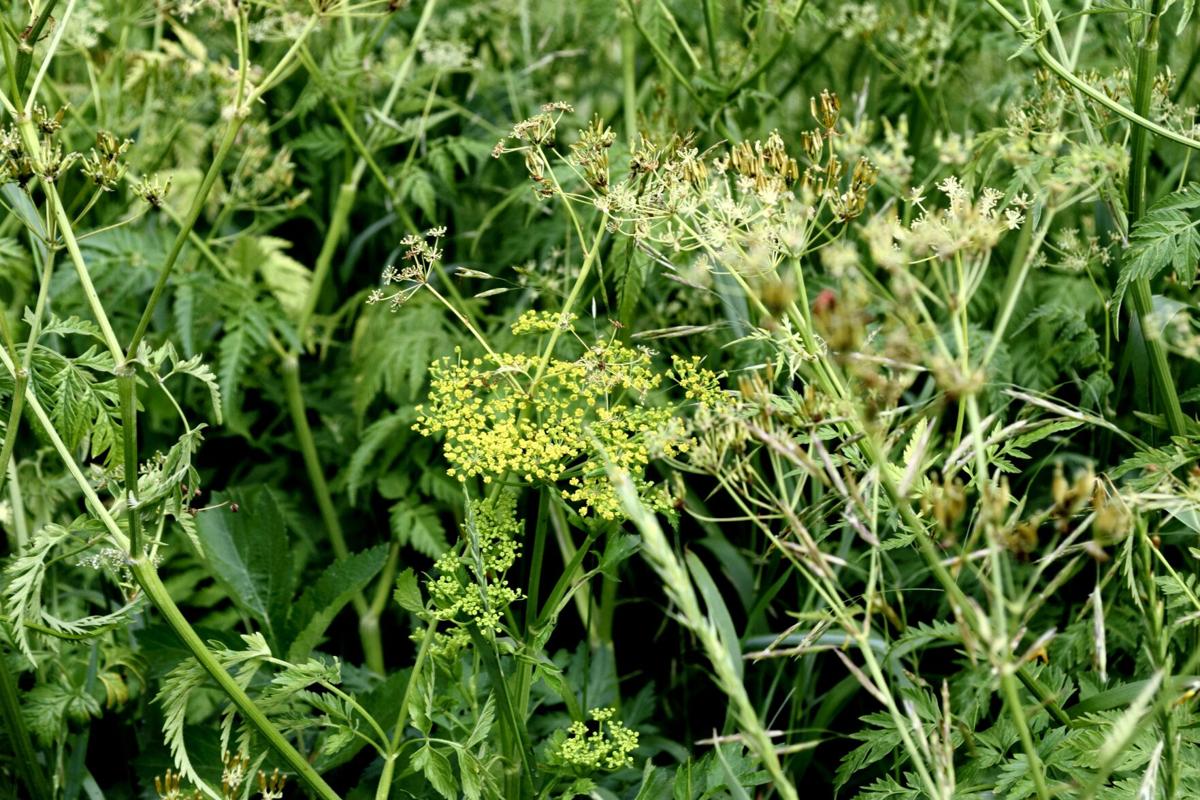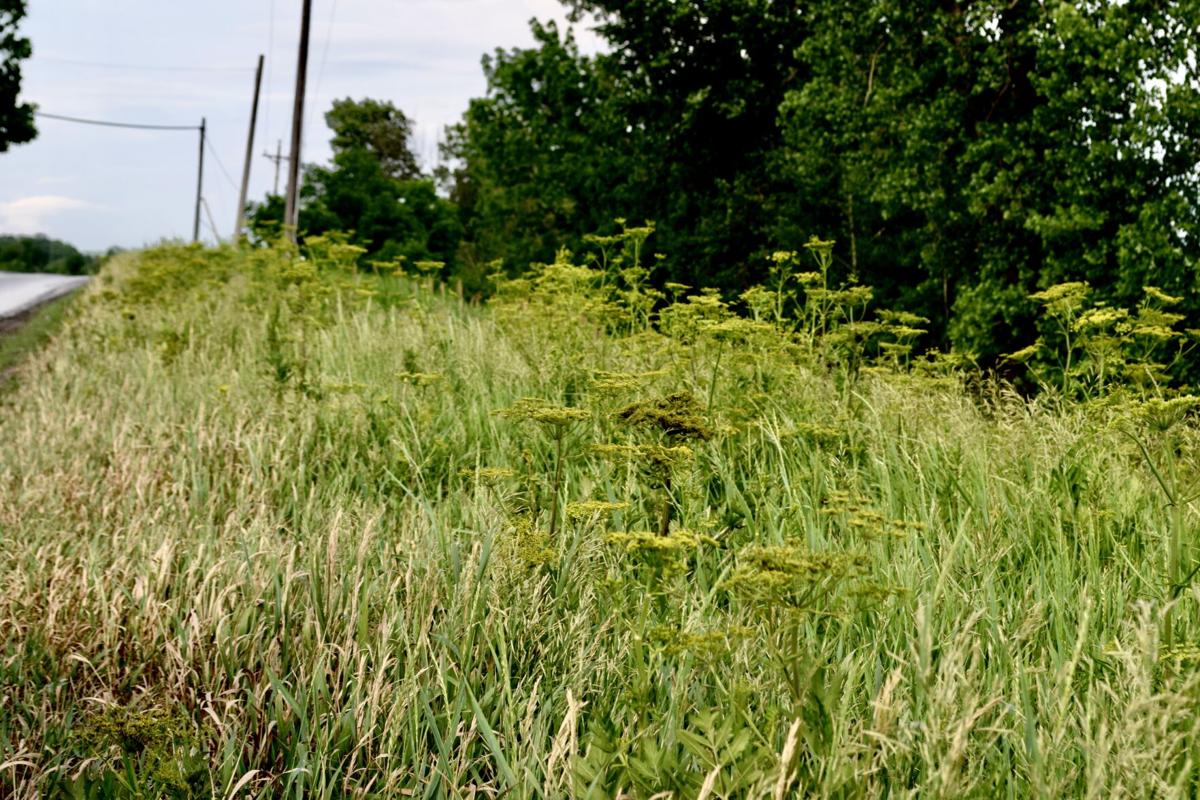With the onset of the legendary Vermont summer comes farm fresh food, swimming holes and our least-favorite roadside neighbor: poison parsnip.
Whether you’re romping through the fields, hiking along sunny trails with your pup or finding the perfect spot to cool off, poison parsnip is likely nearby. The tall green stalks and yellow, lacy flowers resemble a different colored Queen Anne’s Lace, but the bite of poison parsnip can be far worse even than poison ivy.
Here are some tips for navigating Vermont’s nature trails and wild scenery without bringing home a second-degree burn by stepping on the wrong weed.
1. Identification: Native to Eurasia, poison parsnip likes to grow in groups, with plants commonly seen along roadways, outside of barns, around pastures and paddocks, and other full-sun areas. While it can be found in shady areas, it is less common on shady hiking trails and on the tops of mountains.
The leaves of the wild parsnip are deep green and fan out in patterns similar to ferns: alternate, compound and branched. The flowers of the poison parsnip are upside-down chandeliered or in an umbel pattern, with tiny yellow flowers branching out in small clusters from May to June. It generally grows up to four-feet in height, and has small fruits that are dry, smooth and flattened on the back. Each of the fruits contains two seeds released come fall, and the species spreads quickly. Seeds may remain viable for the next four years.
2. It burns: while poison parsnip may look pretty, the sap of the plant is one of your worst enemies. It contains a phototoxin, which makes any skin it touches severely and painfully sensitive to the sun. The spots on the body the sap touches will burn, bubble and blister if subsequently exposed to sunlight, and the scars from the burns may never go away.
3. Immediate treatment: if you get sap on your skin: Wash your skin thoroughly with soap and water as soon as possible, and be gentle with the area. Protect your exposed skin from sunlight for at least 48 hours, and if you experience a skin reaction, call your health care provider.
4. How to manage poison parsnip in your area:
- Mechanical Control:Parsnip may be easily detected and dug out when it is young. A power bush cutter can be used to cut plants at the base of the stem before flowering, but the plants may re-sprout. Burning does not harm plants, they simply re-sprout.
- Chemical Control: It can be controlled using any of several available general use herbicides such as glyphosate.
- Using natural enemies: The parsnip webworm damages some individual plants severely but is not known to devastate whole patches.
5. If you can’t avoid it: When around poison parsnip, wear clothing that covers your arms and legs, and wash all clothing that comes into contact with it. It is also safest to work in or around the plant when the sun isn’t shining to avoid risk of burns.
"avoid it" - Google News
June 22, 2021 at 09:00PM
https://ift.tt/3d0ucaM
Five things to know: Poison Parsnip and how to avoid It in Vermont - St. Albans Messenger
"avoid it" - Google News
https://ift.tt/3844a1y
https://ift.tt/2SzWv5y



No comments:
Post a Comment